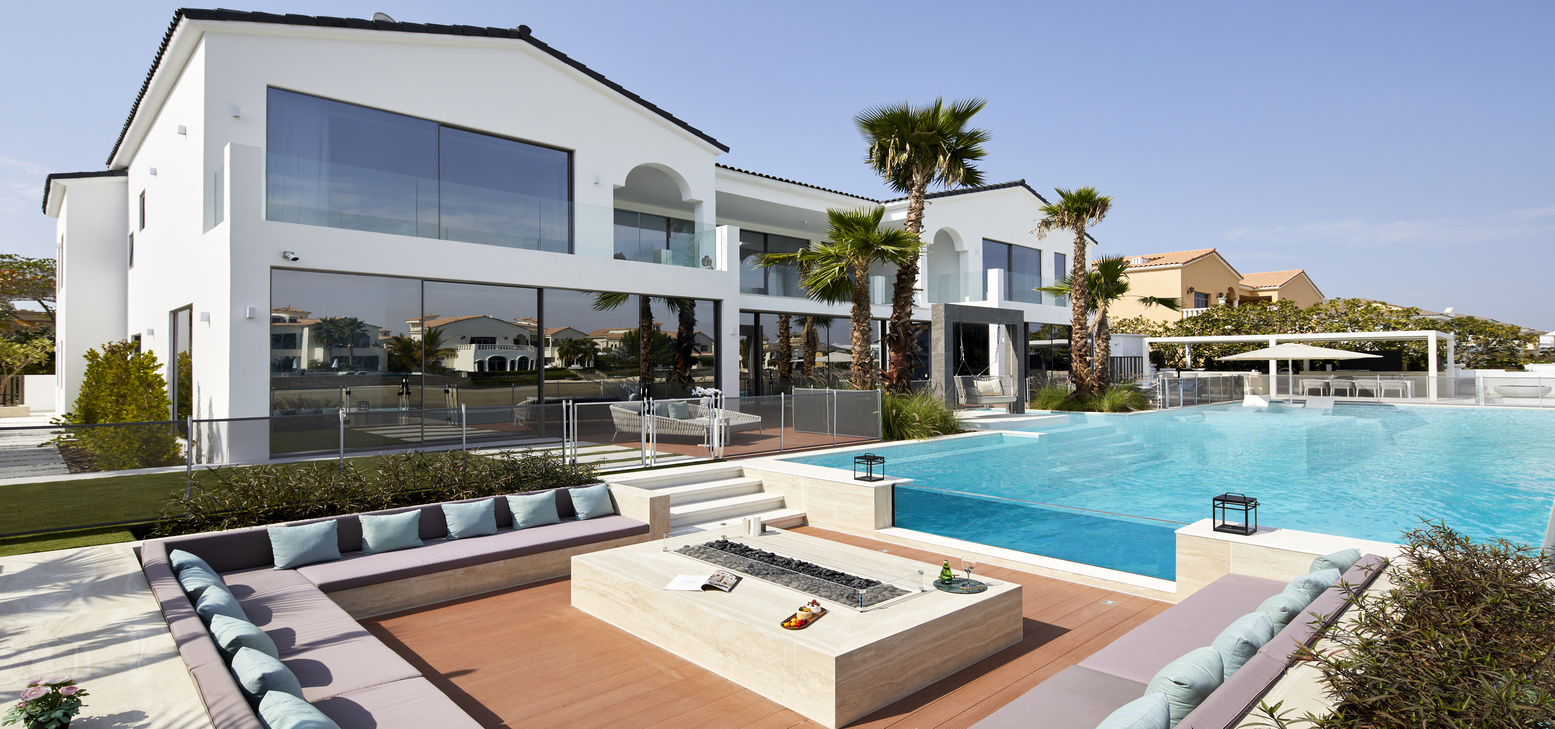Sustainable interior design is gaining prominence as more homeowners and businesses seek to reduce their environmental footprint. Choosing eco-friendly materials is a vital aspect of this approach, and partnering with an interiors company in Dubai can provide valuable insights and expertise in making sustainable choices. By considering materials that are renewable, recyclable, and low in environmental impact, you can create beautiful, functional spaces that contribute to a healthier planet.
Natural and renewable resources:
Opt for materials that are sourced from renewable or rapidly renewable resources. Examples include bamboo, cork, and reclaimed wood. These materials have minimal environmental impact and can be replenished relatively quickly compared to traditional hardwoods or synthetic materials.
Recycled and upcycled materials:
Utilize materials that incorporate recycled content, such as recycled glass countertops or tiles made from recycled metals. Upcycled materials, which repurpose discarded items into new products, offer a creative and environmentally friendly alternative. They reduce waste sent to landfills and conserve energy that would otherwise be used in manufacturing new materials.
Low-VOC and non-toxic finishes:
Choose paints, adhesives, and finishes that are low in volatile organic compounds (VOCs) and free from harmful chemicals. VOCs contribute to indoor air pollution and can have adverse health effects. Look for products labeled as low-VOC or VOC-free to create a healthier indoor environment for occupants.
Energy-efficient materials:
Select materials that contribute to energy efficiency within your space. For example, insulated window glazing can reduce heating and cooling costs by improving thermal performance. Carpets and rugs made from natural fibers, such as wool or organic cotton, offer insulation and durability while minimizing environmental impact.
Durability and longevity:
Invest in materials that are durable and long-lasting to reduce the need for frequent replacements. High-quality materials like solid wood furniture or natural stone countertops age beautifully and also minimize waste over time. Consider the lifecycle of materials from production to disposal to ensure minimal environmental impact throughout their use.
Local and regional materials:
Choose locally sourced materials to support the local economy and reduce transportation emissions associated with long-distance shipping. Locally harvested wood, stone, or clay tiles reduce carbon footprint and also showcase regional craftsmanship and cultural identity in your design.



